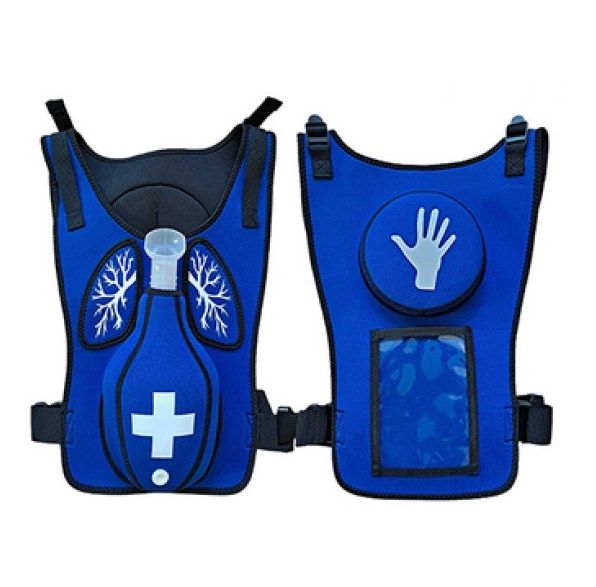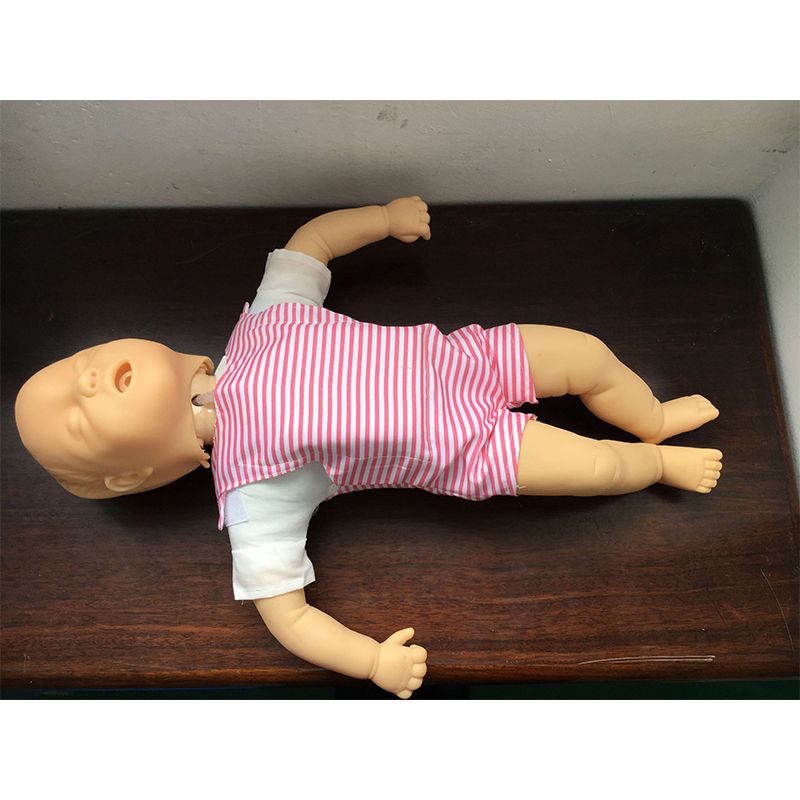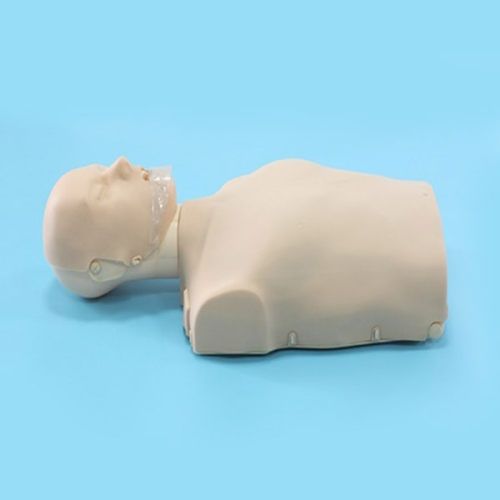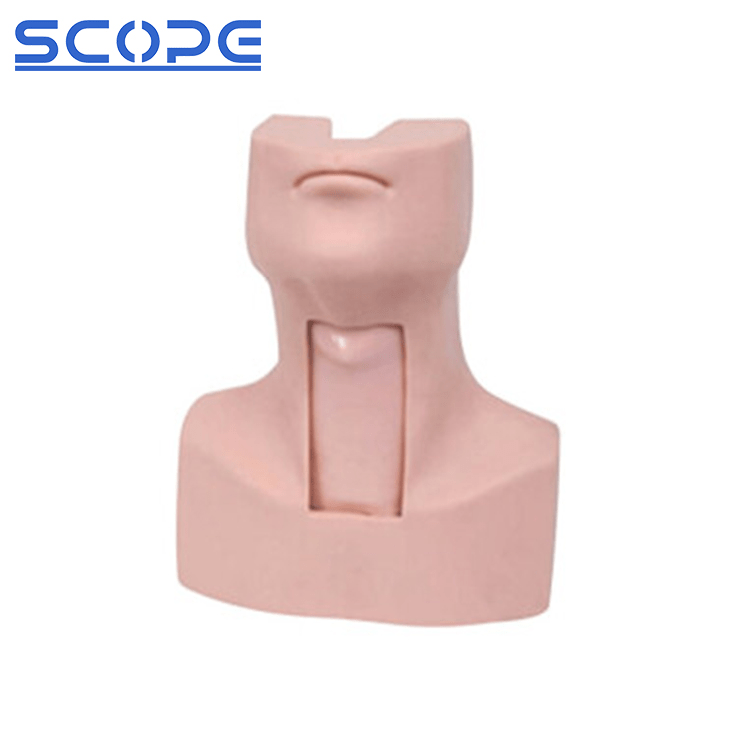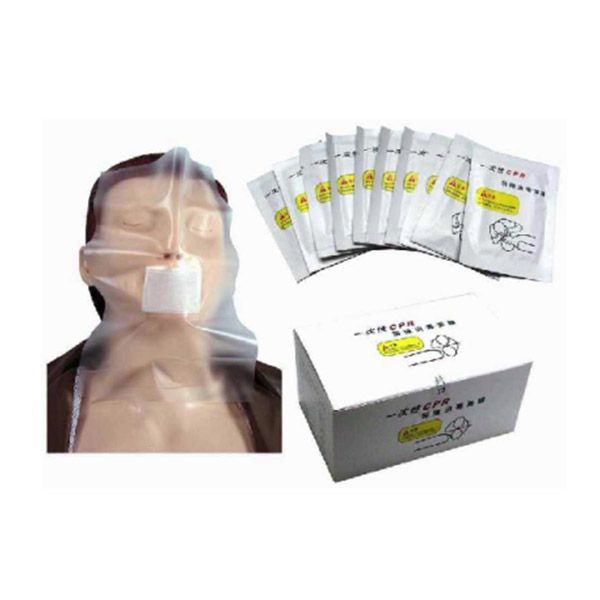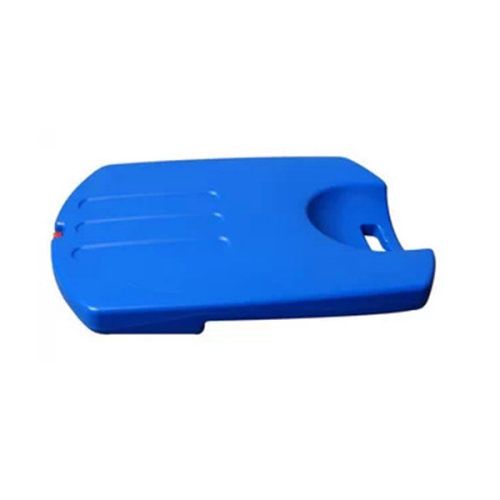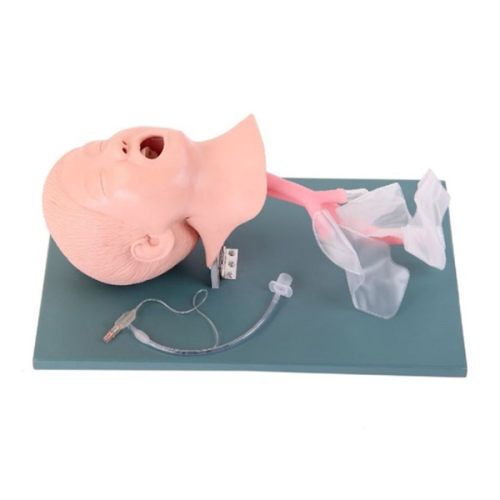Intramuscular injections are a common medical procedure used to deliver medication directly into the muscle tissue. This method allows for rapid absorption of the medication into the bloodstream, making it effective for various treatments. However, the depth of the injection is a critical factor that can significantly impact the success and safety of the procedure.

Factors Influencing Intramuscular Injection Depth
The depth of an intramuscular injection is crucial for ensuring the medication is delivered effectively and safely. Several factors can influence the appropriate injection depth, including:
Factor 1: Characteristics of Different Muscle Groups
Different muscles in the body have varying thicknesses, structures, and vascularity. For example, the gluteus maximus in the buttocks and the deltoid muscle in the upper arm have distinct characteristics that make them suitable for different types of injections.
- Muscle Thickness: Thicker muscles like the gluteus maximus can accommodate larger volumes of medication and deeper injections. Thinner muscles like the deltoid may require smaller volumes and shallower injections.
- Muscle Structure: The structure of the muscle, including the arrangement of muscle fibers and the presence of connective tissue, can affect the absorption rate of the medication.
- Vascularity: Muscles with a rich blood supply, such as the deltoid, allow for faster absorption of medication.
Matching the characteristics of the muscle group with the type of injection is essential for optimal results. For instance, larger volumes of medication or medications that require rapid absorption may be best suited for injection into the gluteus maximus, while smaller volumes or medications that require slower absorption may be better suited for the deltoid.
Factor 2: Individual Patient Differences
Patients vary in age, body composition, and muscle development, all of which can impact the appropriate injection depth.
- Age: Children and older adults may have different muscle development or muscle atrophy compared to adults. Children often have smaller muscle mass, requiring shallower injections. Older adults may experience muscle atrophy, which can also affect injection depth.
- Body Composition: Individuals with different body fat percentages may require adjustments in injection depth. People with higher body fat may need deeper injections to ensure the medication reaches the muscle tissue, while those with lower body fat may require shallower injections.
Healthcare professionals consider these individual differences when determining the appropriate injection depth for each patient.
Additional Considerations
- Injection Site: The specific location within the chosen muscle group can also influence the injection depth. Healthcare providers use anatomical landmarks to identify the optimal injection site within the muscle.
- Needle Length and Gauge: The length and gauge (diameter) of the needle are also important factors. The needle must be long enough to reach the muscle tissue but not so long as to cause injury. The gauge of the needle is chosen based on the viscosity of the medication.

How to Determine the Depth of Intramuscular Injection?
Accurately determining the appropriate depth for an intramuscular injection is crucial for ensuring the medication reaches the muscle tissue and is absorbed effectively. Here’s how healthcare professionals determine injection depth:
1. Medical Reference Standards
Medical literature and guidelines provide general depth ranges for intramuscular injections, typically measured in centimeters. These standards are based on extensive research and clinical experience, taking into account factors like:
- Anatomical studies: Detailed studies of muscle thickness and depth in various regions of the body.
- Pharmacokinetic data: Research on how different medications are absorbed at varying depths within muscle tissue.
- Clinical trials: Evaluation of injection techniques and their impact on medication efficacy and safety.
These reference standards serve as a starting point for healthcare professionals to estimate the appropriate injection depth. However, they should be used in conjunction with other factors and clinical judgment to personalize the injection for each patient.
2. Healthcare Professional Judgment and Technique
While medical standards provide a general guideline, healthcare professionals rely on their knowledge, skills, and experience to fine-tune the injection depth for each individual. This involves:
- Palpation: Gently touching the injection site to assess muscle mass, thickness, and consistency. This helps determine the appropriate needle length and insertion depth.
- Visual inspection: Observing the patient’s body habitus and identifying anatomical landmarks to guide needle placement and angle.
- Understanding individual variations: Recognizing that age, body composition, and muscle development can influence injection depth.
- Experience with different injection techniques: Employing proper techniques, such as angling the needle and aspirating before injecting, to minimize complications.
Experienced healthcare professionals develop a strong sense of how deep to inject based on their accumulated knowledge and hands-on practice. They understand that each patient is unique and requires a tailored approach to ensure safe and effective medication delivery.

The Role of Injection Training Pads
After understanding the complexity of intramuscular injection depth, it’s essential for healthcare professionals to hone their skills and judgment in accurately determining the appropriate depth for each patient. This is where injection training pads come into play.
Enhancing Injection Depth Proficiency with Training Pads
Injection training pads provide a safe and realistic environment for healthcare professionals to practice and refine their intramuscular injection techniques. These pads simulate human tissue, allowing learners to develop a feel for needle insertion, tissue resistance, and proper depth placement.
Features and Advantages of Injection Training Pads
- Realistic Simulation of Human Tissue: High-quality injection training pads are designed to mimic the texture, density, and layers of human skin, subcutaneous fat, and muscle tissue. This allows learners to experience the tactile sensations associated with needle insertion and medication delivery, improving their ability to judge depth and avoid complications.
- Repeatability and Ease of Use: Injection training pads can be used repeatedly, providing ample opportunity for learners to practice and perfect their technique. They are also easy to handle and transport, making them a convenient tool for both individual and group training sessions.
- Visual Feedback: Some injection training pads incorporate features that provide visual feedback on injection depth. For example, they may have layers of different colors or densities that indicate when the needle has reached the appropriate depth within the muscle tissue.
- Durability and Hygiene: Injection training pads are typically made from durable materials that can withstand repeated needle insertions without losing their realistic properties. They are also designed to be hygienic and easy to clean, ensuring safe and sanitary practice conditions.
Benefits of Using Injection Training Pads
- Improved Accuracy: Regular practice with injection training pads can significantly improve healthcare professionals’ ability to accurately determine and achieve the correct injection depth, reducing the risk of complications and ensuring medication effectiveness.
- Increased Confidence: Practicing in a safe and controlled environment can boost learners’ confidence in their injection technique, leading to more relaxed and comfortable patient interactions.
- Reduced Anxiety: Injection training pads can help alleviate anxiety associated with performing injections on real patients, allowing learners to focus on technique and patient care.
- Cost-Effectiveness: Injection training pads are a cost-effective way to provide hands-on training without the need for expensive cadavers or live animals.

Summary
The depth of intramuscular injection is a critical factor influencing medication absorption, efficacy, and patient safety. Determining the appropriate depth is a multifaceted process that involves considering various factors, including the characteristics of different muscle groups, individual patient differences such as age and body composition, the properties of the medication being administered, and the specific injection site.
While medical reference standards provide a general framework, healthcare professionals must rely on their clinical judgment, palpation skills, and experience to personalize the injection depth for each patient. The use of injection training pads offers a valuable tool for healthcare professionals to practice and refine their injection techniques in a safe and realistic environment. These pads simulate human tissue, allowing learners to develop a feel for needle insertion, tissue resistance, and proper depth placement.
If you want to get more information about the intramuscular injection or the tool pad, you can find them on the website:https://www.cqscopelab.com/.
